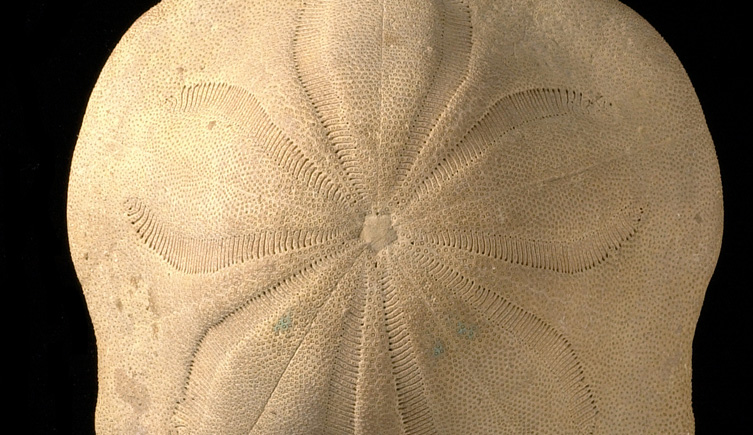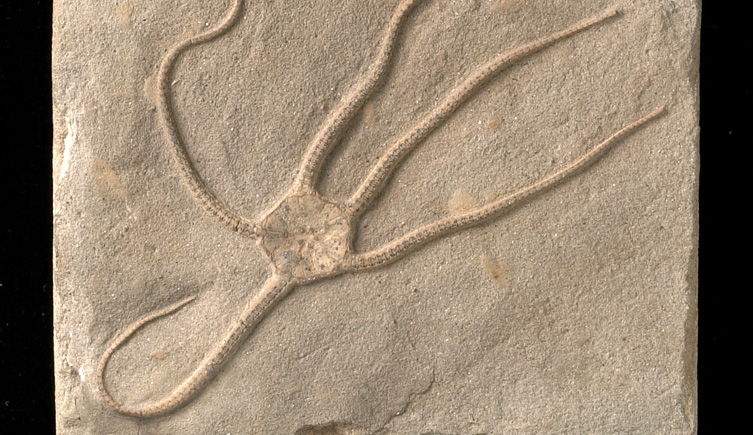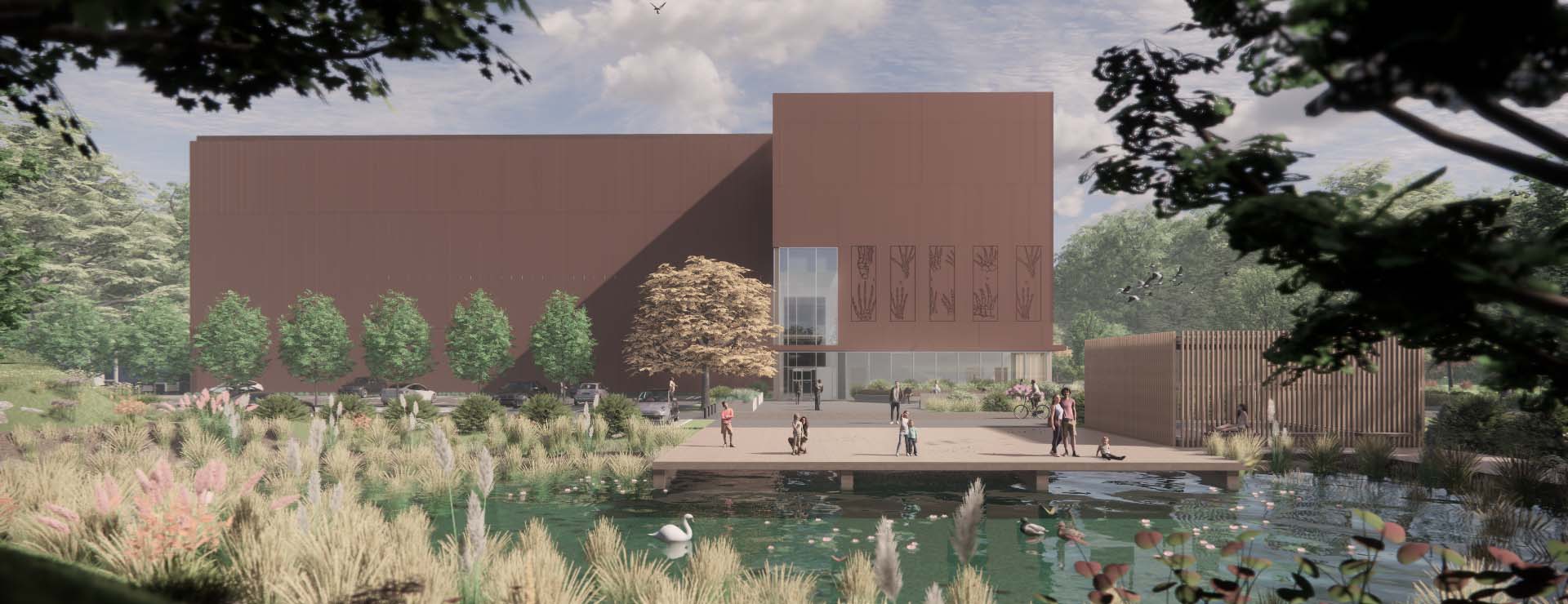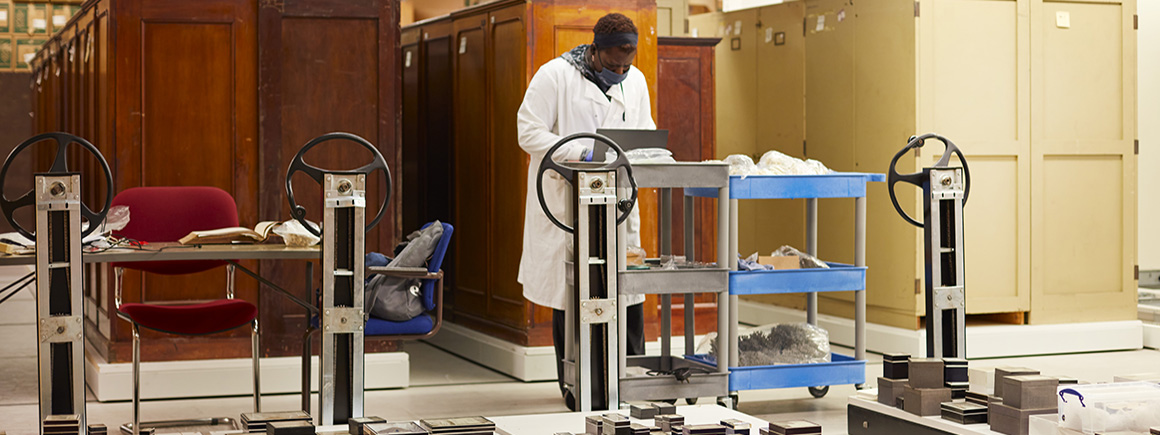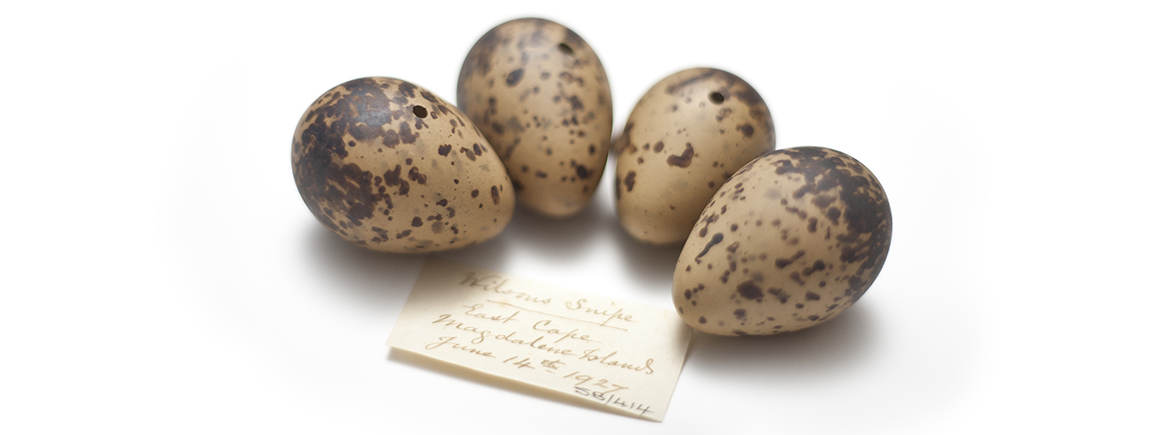The diversity and abundance of echinoderm fossils is reflected in the Museum's large, world-class collection.
Fossil echinoderms are numerous, due in part to the fantastic preservation potential of the calcite plates that form their skeletons. They have been found in Phanerozoic marine sediments around the globe.
Strengths
With around 200,000 specimens, including more than 1,800 type and figured specimens, the Museum’s collection is representative of all classes of echinoderms.
Collection strengths:
- Palaeozoic and Mesozoic asterozoans
- Mesozoic echinoids
- Palaeozoic crinoids
- carpoids (Homalozoa)
- blastoids and cystoids
Countries of origin
The collection is representative of all continents.




